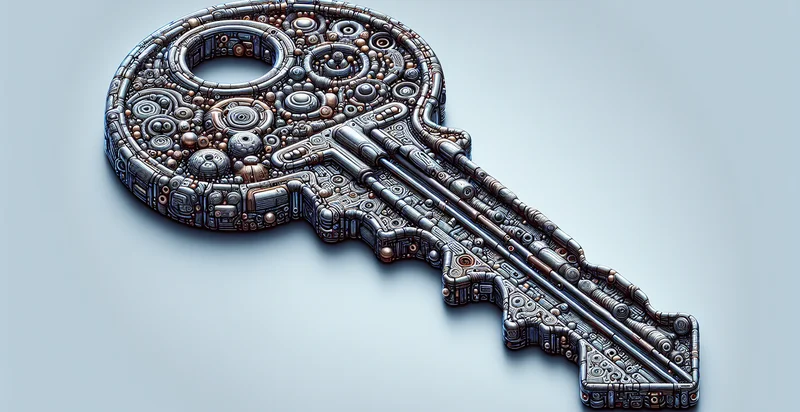Identify what material a key is made from
using AI
Below is a free classifier to identify what material a key is made from. Just upload your image, and our AI will predict what material a key is made from - in just seconds.

Contact us for API access
Or, use Nyckel to build highly-accurate custom classifiers in just minutes. No PhD required.
Get started
import nyckel
credentials = nyckel.Credentials("YOUR_CLIENT_ID", "YOUR_CLIENT_SECRET")
nyckel.invoke("what-material-a-key-is-made-from", "your_image_url", credentials)
fetch('https://www.nyckel.com/v1/functions/what-material-a-key-is-made-from/invoke', {
method: 'POST',
headers: {
'Authorization': 'Bearer ' + 'YOUR_BEARER_TOKEN',
'Content-Type': 'application/json',
},
body: JSON.stringify(
{"data": "your_image_url"}
)
})
.then(response => response.json())
.then(data => console.log(data));
curl -X POST \
-H "Content-Type: application/json" \
-H "Authorization: Bearer YOUR_BEARER_TOKEN" \
-d '{"data": "your_image_url"}' \
https://www.nyckel.com/v1/functions/what-material-a-key-is-made-from/invoke
How this classifier works
To start, upload your image. Our AI tool will then predict what material a key is made from.
This pretrained image model uses a Nyckel-created dataset and has 16 labels, including Acrylic, Aluminum, Brass, Bronze, Carbon Fiber, Ceramic, Composites, Copper, Metal and Metal Alloy.
We'll also show a confidence score (the higher the number, the more confident the AI model is around what material a key is made from).
Whether you're just curious or building what material a key is made from detection into your application, we hope our classifier proves helpful.
Related Classifiers
Need to identify what material a key is made from at scale?
Get API or Zapier access to this classifier for free. It's perfect for:
- Key Material Verification: This function can be used by manufacturers to verify the material composition of keys produced in their factories. Ensuring that keys are made from the specified materials can improve quality control and prevent material defects that could lead to key breakage or malfunction.
- Security Key Identification: Security firms can utilize this function to identify the materials of keys used in secure environments. Understanding the material can help assess the key's resistance to manipulation or theft, thus enhancing overall security measures.
- Smart Key Development: Companies involved in developing smart keys can leverage this function to identify and optimize materials that improve the durability and functionality of their products. By analyzing different materials, they can innovate key designs that meet the demands of modern smart technology.
- Recycling and Waste Management: Recycling facilities can employ this identifier to categorize old or discarded keys based on their material. Properly identifying keys will allow for effective recycling processes and reduce material waste, promoting a more sustainable practice.
- Custom Key Fabrication: Key manufacturers can use this function to help customers select the appropriate material for custom key orders based on their requirements. It can guide users toward the most suitable material for durability, aesthetics, and cost-effectiveness.
- Warranty and Claims Processing: Retailers and manufacturers can use the identification function in warranty claims processing to verify whether a key was made from the materials stated in the warranty agreement. This can help streamline claims and ensure compliance with product quality standards.
- Historical Preservation and Authentication: Museums and collectors can utilize this function to determine the material composition of vintage or historical keys. Accurate identification aids in preservation efforts and authenticity verification, which can significantly enhance the value and historical context associated with collectible items.


